1. Saving and Repurposing Food Scraps
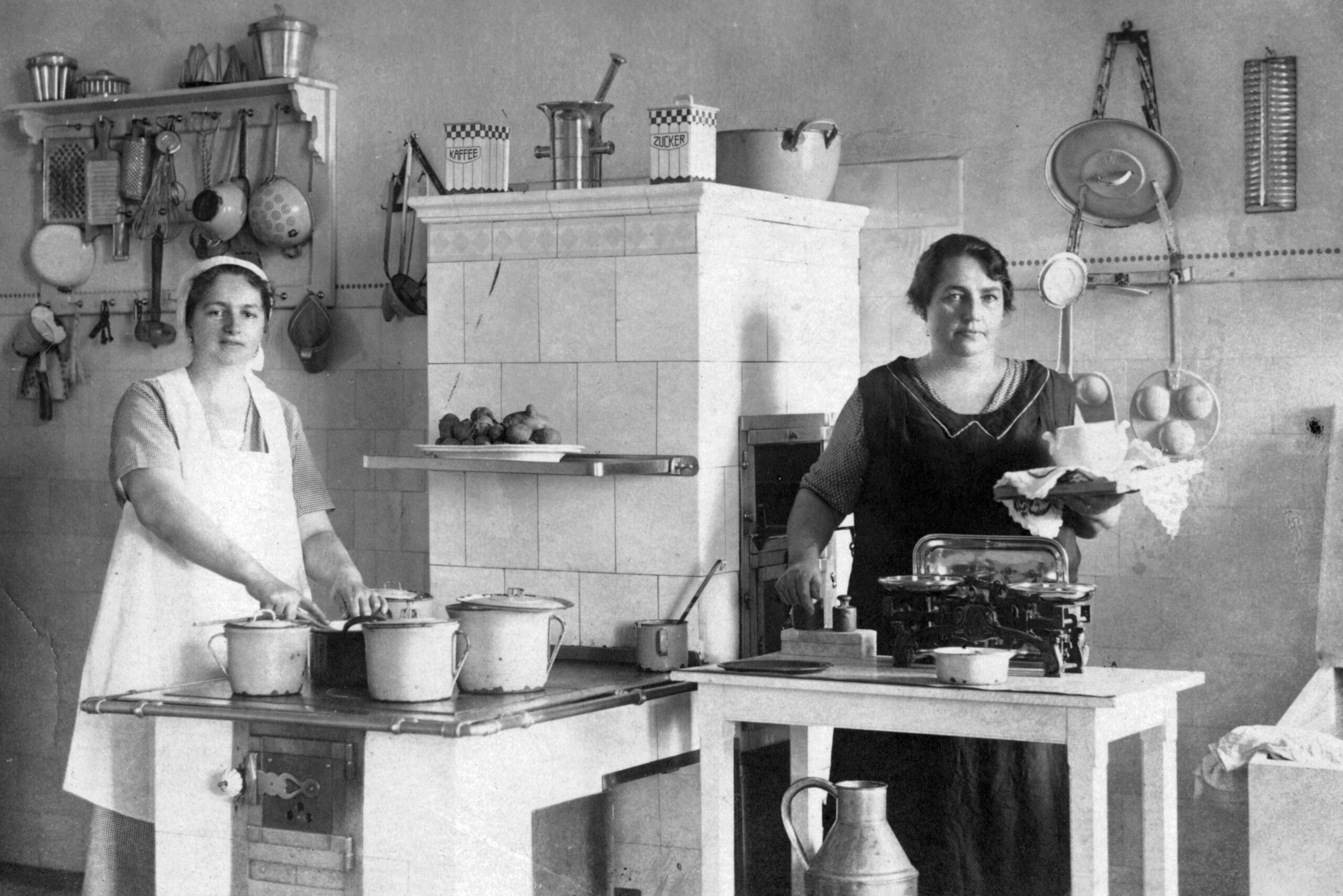
Our grandparents never let food scraps go to waste. Every vegetable peel, meat bone, and stale bread slice had a second life in their kitchens. Vegetable scraps were boiled to make flavorful broths, bones were simmered for hours to extract nutrients, and stale bread was transformed into breadcrumbs or puddings. Even fruit peels found their way into homemade jams, jellies, and natural cleaners. Food was seen as too valuable to be discarded without first considering how it could be reused.
Instead of tossing everything in the trash, they used leftovers creatively, ensuring nothing went to waste. Soups, stews, and casseroles were often built around whatever was available, reducing the need for additional grocery shopping. If there were scraps that couldn’t be used in cooking, they were fed to farm animals or added to compost piles to nourish gardens. This mindset not only reduced waste but also stretched the family’s food supply, saving money in the process. According to the United Nations Environment Programme (UNEP), households are responsible for 60% of global food waste, which amounts to 631 million metric tons annually. Today, we can learn from this by being more intentional with our food use and repurposing scraps instead of discarding them.
2. Using Cloth Instead of Disposable Items

Our grandparents lived in a world where disposable products were not as common as they are today. Instead of paper towels, they used cloth rags to clean up spills, which could be washed and reused indefinitely. Handkerchiefs replaced tissues, cloth diapers were the norm, and cloth napkins were a staple at the dinner table. According to Zero Home Waste, these practices not only reduced waste but also saved money, as there was no need to constantly buy disposable replacements.
They also repaired and repurposed fabric items rather than discarding them at the first sign of wear. Worn-out clothes were cut into cleaning rags, quilt patches, or even new garments for children. Old towels became mop heads, and flour sacks were repurposed into dresses or aprons. By making the most of their fabric goods, they significantly reduced household waste and maximized the usefulness of everything they owned.
3. Preserving Food Through Canning and Drying
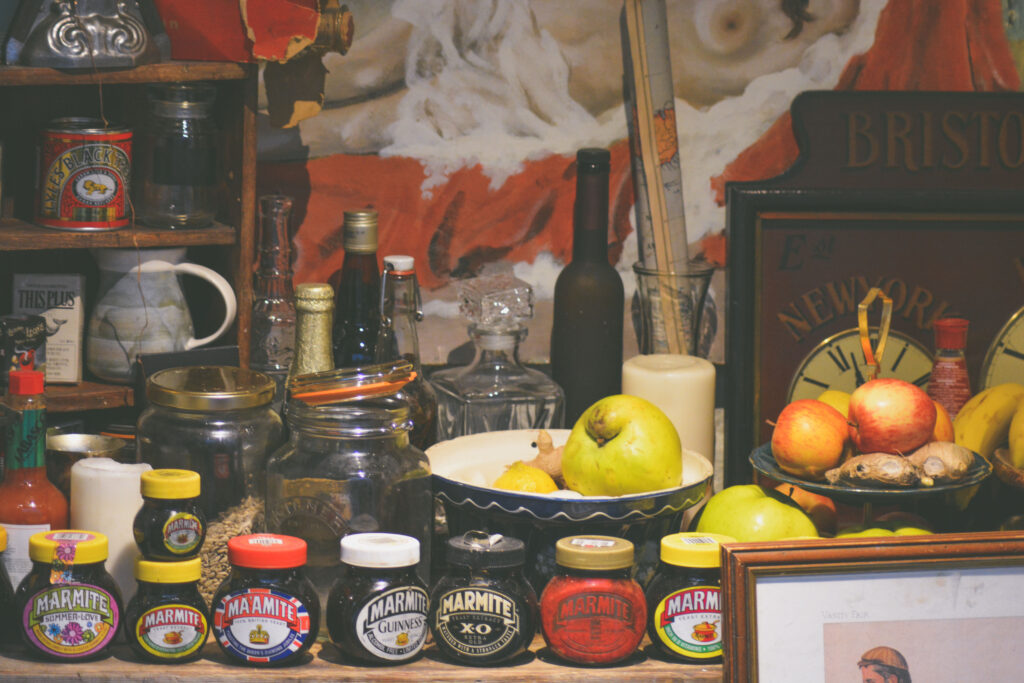
Long before refrigerators and freezers became household staples, our grandparents relied on food preservation techniques like canning and drying. Canning allowed them to store fruits, vegetables, and meats for months or even years, ensuring they had food available even when fresh produce was scarce. Drying was another common method, particularly for fruits, herbs, and fish, which could then be stored and rehydrated later.
By preserving their own food, they avoided waste and ensured that nothing spoiled before it could be consumed. Excess produce from gardens or farms was processed rather than thrown away, allowing families to be self-sufficient even in difficult times. This practice also reduced dependence on store-bought goods, cutting down on packaging waste and transportation emissions. In today’s world, reviving these methods could help reduce food waste and reliance on single-use packaging.
4. Repairing and Mending Instead of Replacing
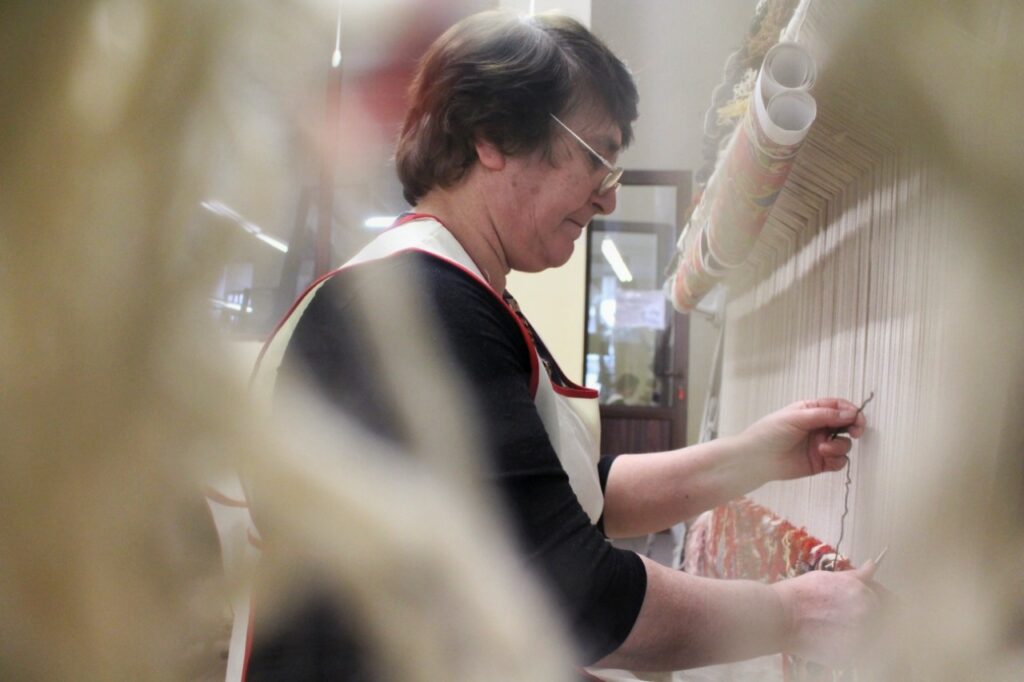
Throwing things away was not an option for our grandparents when they broke or tore. Clothes were mended with patches and careful stitching to extend their lives. Shoes were taken to cobblers to be resoled rather than replaced. Even furniture was repaired and reinforced rather than being discarded. They believed in making things last as long as possible, which significantly reduced household waste.
Instead of tossing a ripped shirt, they sewed it up or repurposed it into something else. Broken tools were fixed, not thrown away, and appliances were repaired rather than replaced at the first sign of malfunction. This mindset not only saved money but also prevented valuable materials from ending up in landfills. In our modern, throwaway culture, bringing back this habit of repair and reuse could drastically reduce the amount of waste we produce.
5. Growing Their Own Food
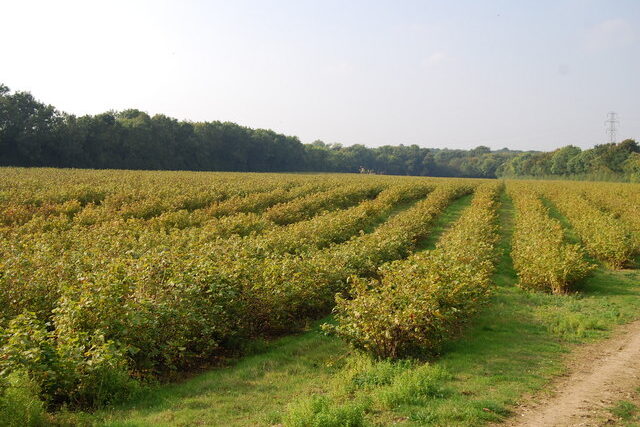
Many of our grandparents maintained home gardens, growing vegetables, fruits, and herbs to feed their families. This reduced their reliance on store-bought food, which often comes with excess packaging. According to the National Gardening Association, homegrown food was fresher, healthier, and didn’t contribute to the waste associated with commercial food production. By using compost from food scraps and natural fertilizers, they kept their soil rich and productive without relying on chemical additives.
Growing their own food also meant they only harvested what they needed, preventing waste from overpurchasing or spoilage. Extra produce was canned, dried, or shared with neighbors, ensuring nothing went to waste. With rising concerns about food sustainability, bringing back home gardening—even on a small scale—can be an effective way to reduce waste while promoting healthier eating habits.
6. Making and Using Natural Cleaning Products
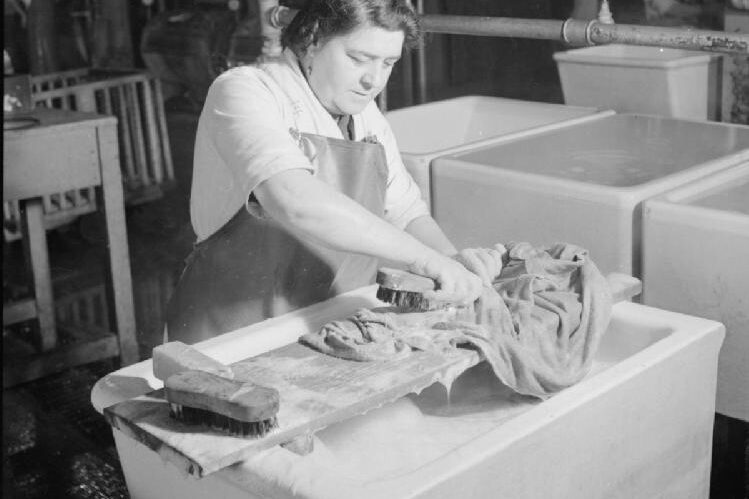
Instead of buying chemical-laden cleaning products in plastic bottles, our grandparents often made their own from simple ingredients. Vinegar, baking soda, lemon juice, and soap were staples for household cleaning. According to the Environmental Protection Agency (EPA), these natural cleaners were just as effective as commercial products, yet they didn’t produce unnecessary plastic waste or introduce harmful chemicals into the environment.
Homemade cleaning products were mixed in reusable containers, meaning there was no need to constantly buy new plastic bottles. Additionally, old rags and brushes were used for scrubbing rather than disposable wipes and sponges. This sustainable approach not only kept homes clean but also minimized the number of wasteful, single-use cleaning products that end up in landfills today.
7. Using Every Part of an Animal
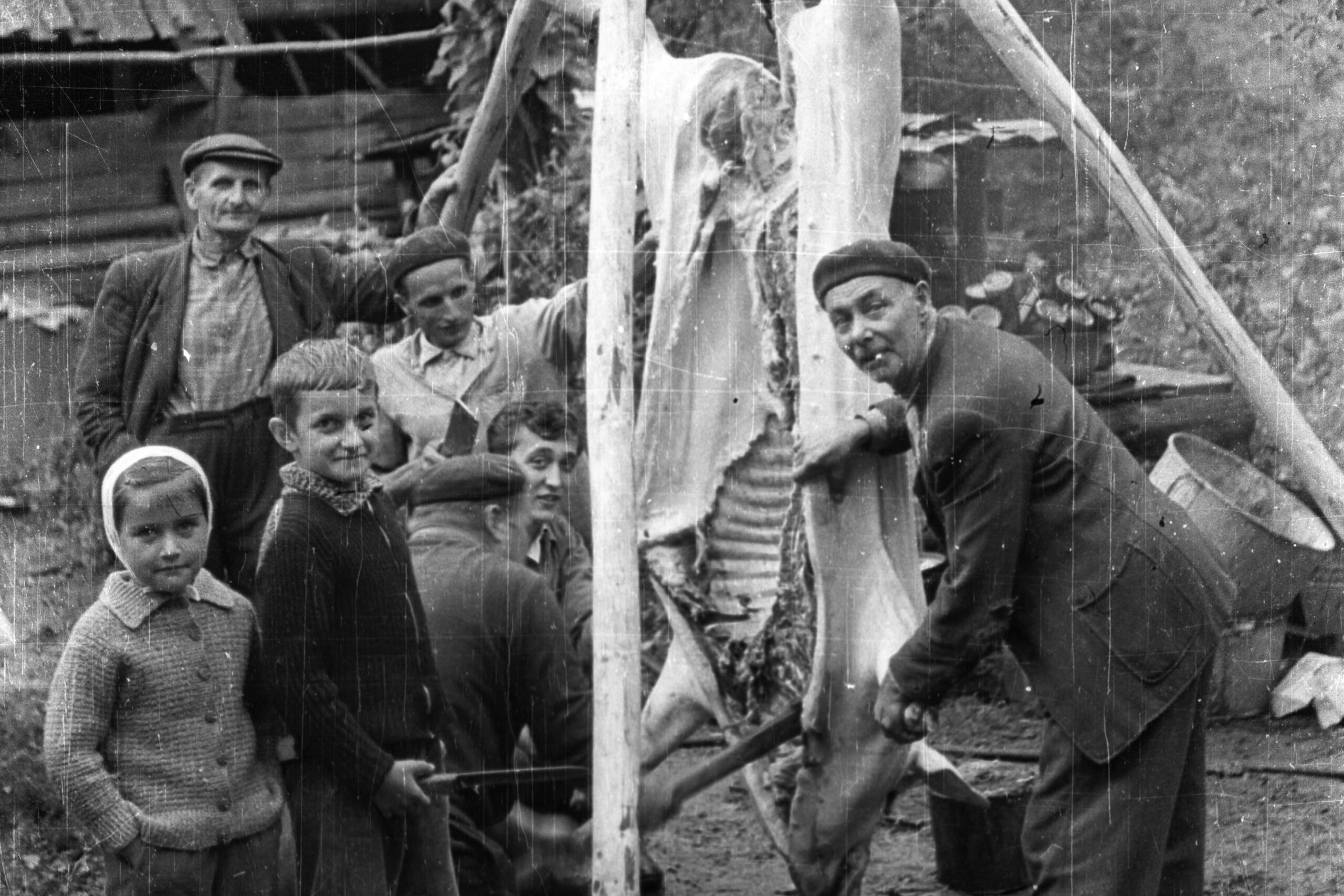
Our grandparents ensured that no part of an animal went to waste when it was butchered. Meat was carefully used for meals, bones were boiled for broth, and even organs were cooked and eaten. Animal fat was rendered into lard for cooking or soap-making, and hides were tanned for leather goods. Every part of the animal had a purpose, reducing unnecessary waste.
This respect for resources extended beyond just food. Feathers from poultry were used for pillows, and wool from sheep was spun into yarn. Nothing was wasted if it could be repurposed in some way. Today, this mindset can help us appreciate where our food comes from and find creative ways to use every part of what we consume.
8. Trading and Bartering Instead of Buying New

Rather than always buying new, our grandparents often traded goods and services within their communities. If they needed something, they would first see if a neighbor had it and was willing to trade. This reduced the need for unnecessary purchases and cut down on packaging waste associated with new products.
Whether it was trading eggs for milk, sewing services for firewood, or labor for food, these exchanges strengthened community ties while minimizing waste. According to Freecycle, this practice ensured that resources were used efficiently and that items had a longer life before being discarded. Today, we can revive this by swapping, donating, or selling items rather than throwing them away.
9. Using Rainwater for Household Needs
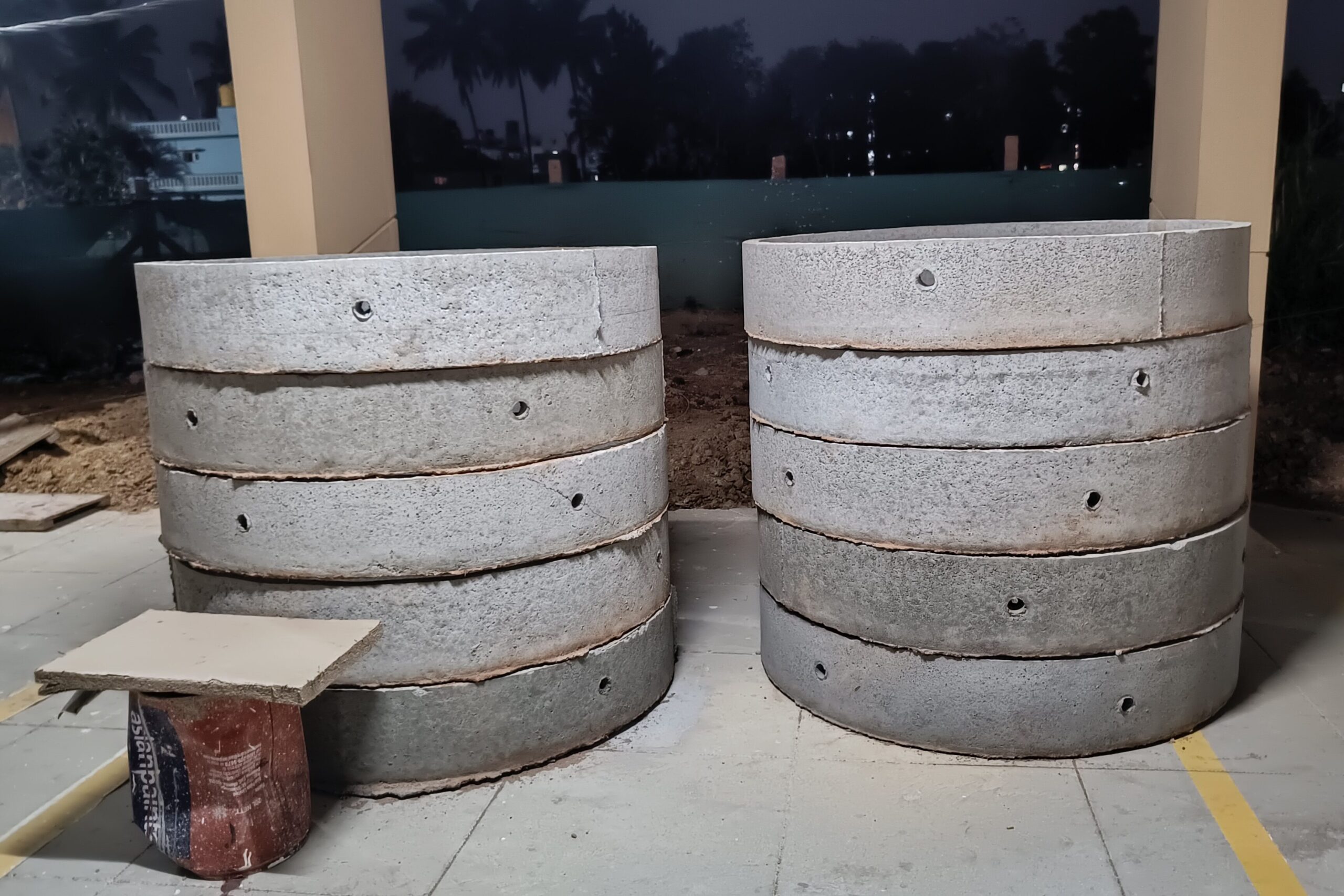
Water conservation was a natural part of daily life for our grandparents. Many collected rainwater in barrels for washing clothes, watering plants, and even drinking after proper filtering. This reduced their reliance on municipal water supplies and ensured that clean water wasn’t wasted unnecessarily.
Rainwater collection also helped reduce erosion and flooding around homes, making it an environmentally friendly practice. With water scarcity becoming a growing concern, adopting this habit can help us save water and reduce wasteful consumption in modern households.
10. Cooking From Scratch Instead of Buying Processed Foods

Most of our grandparents cooked from scratch, avoiding the heavily packaged and processed foods that dominate today’s supermarkets. By making their own bread, butter, sauces, and snacks, they reduced the amount of plastic, cans, and paper waste in their homes. Whole ingredients also lasted longer and could be used in multiple ways, further reducing food waste.
Cooking at home meant they had complete control over portions, preventing unnecessary leftovers from going bad. This also led to healthier meals, as they avoided the preservatives and additives found in processed foods. Today, by returning to homemade meals, we can cut down on waste while enjoying fresher, more nutritious food.
11. Darning Socks and Patching Clothes Instead of Throwing Them Away
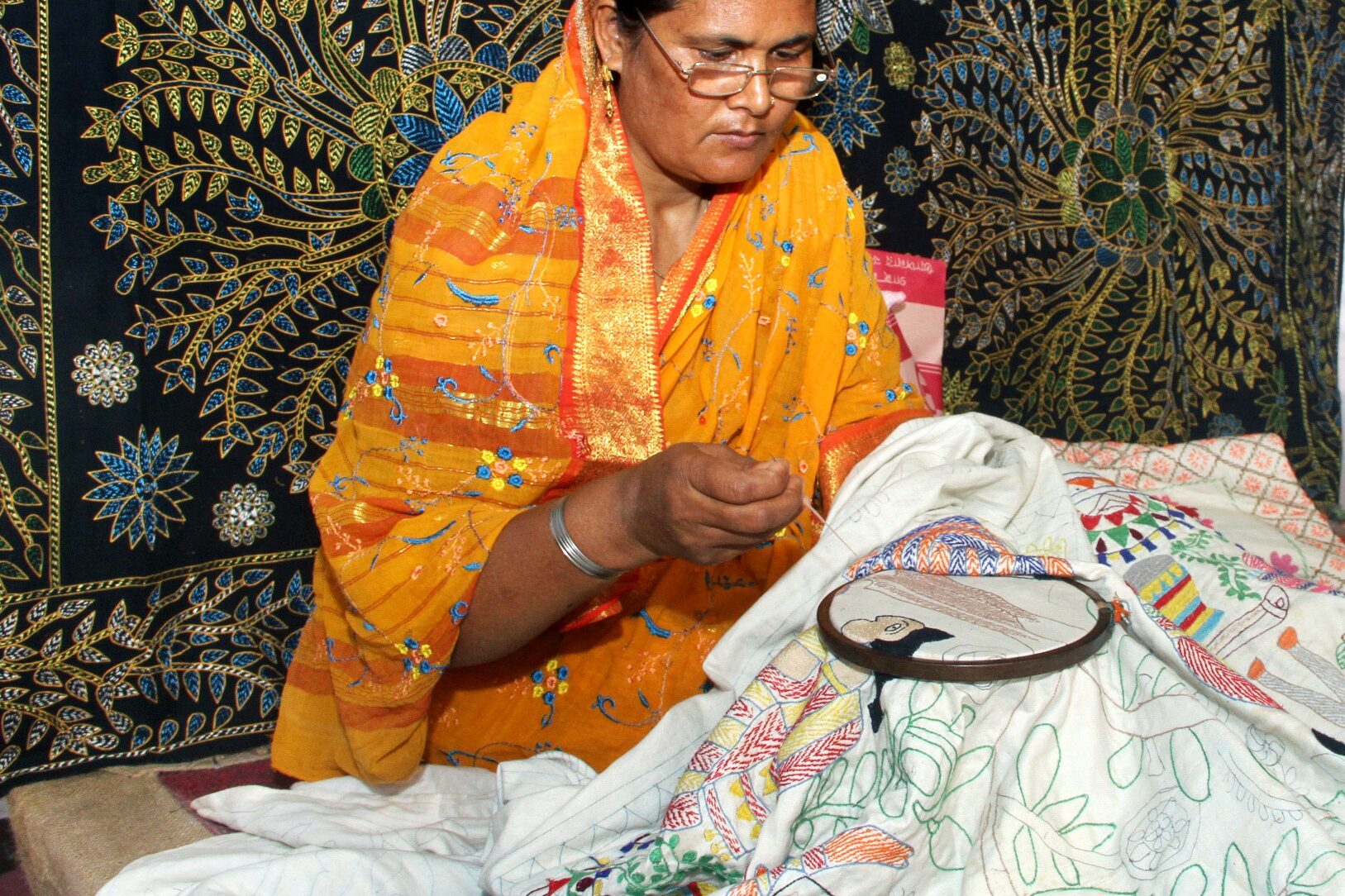
Our grandparents didn’t toss out socks just because they had a hole in them. Instead, they used a technique called darning, which involved stitching over the hole to make the fabric strong again. This simple skill extended the life of socks, sweaters, and other garments, preventing unnecessary waste. Clothes with small tears or worn-out spots were patched rather than discarded, ensuring they could be worn for years instead of months.
Fabric was considered valuable, and buying new clothing wasn’t always an option. Instead of treating clothes as disposable, they invested time in maintaining them. Many people today barely know how to sew on a button, but reviving these simple repair techniques could drastically cut down on textile waste. By mending clothes instead of replacing them, we can save money, reduce our environmental impact, and make our wardrobes last much longer.
12. Making Their Own Personal Care Products
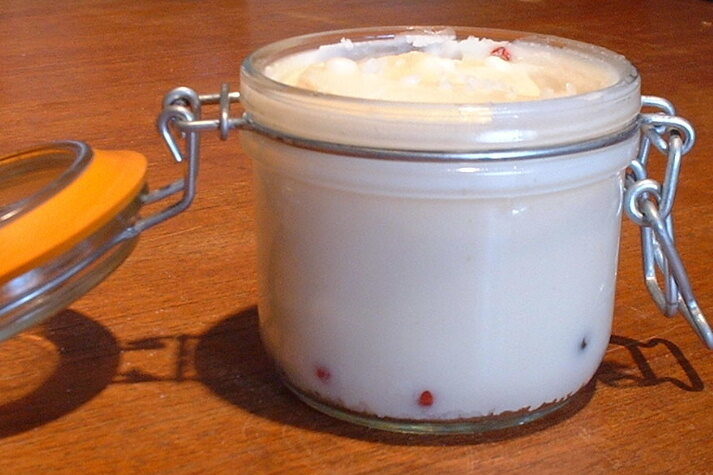
Long before shelves were lined with plastic bottles of shampoo, lotion, and toothpaste, our grandparents often made their own personal care products. They used ingredients like lard, beeswax, and essential oils to create soap, while baking soda and salt served as toothpaste alternatives. Herbal remedies and homemade salves were common for treating minor ailments, reducing reliance on store-bought products that come in wasteful packaging.
By making their own products, they avoided the excess waste created by modern cosmetics and toiletries. There were no single-use plastic containers or unnecessary chemical additives. Everything was made in small batches and stored in reusable glass jars or tins. Today, many people are returning to these DIY methods as a way to cut down on waste and ensure that what they’re using on their bodies is natural and safe.
13. Walking, Biking, and Carpooling to Reduce Fuel Waste

Our grandparents didn’t hop in a car for every little errand. They walked when they could, rode bicycles when it was practical, and carpooled when necessary. This reduced fuel consumption and minimized pollution, all while keeping them healthier. Public transportation was widely used, and there was less reliance on individual vehicles for short trips.
Cars were seen as a tool, not a necessity for every outing. Families would coordinate trips to town, ensuring that every drive was efficient and necessary. Today, with rising fuel costs and environmental concerns, adopting these habits can help cut down on wasteful fuel consumption. Walking or biking not only saves resources but also promotes a healthier lifestyle, just as it did for past generations.


